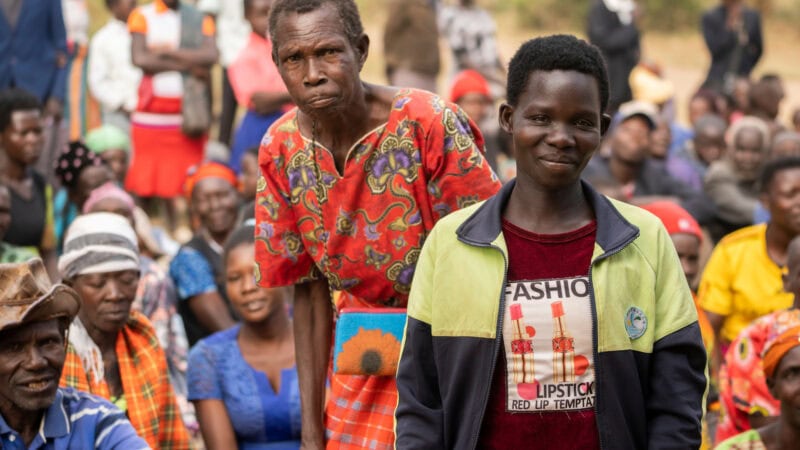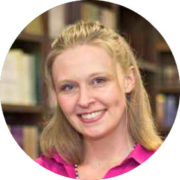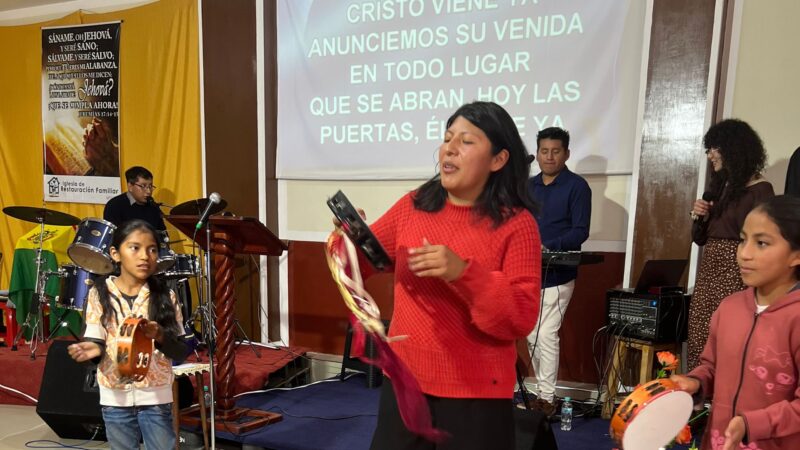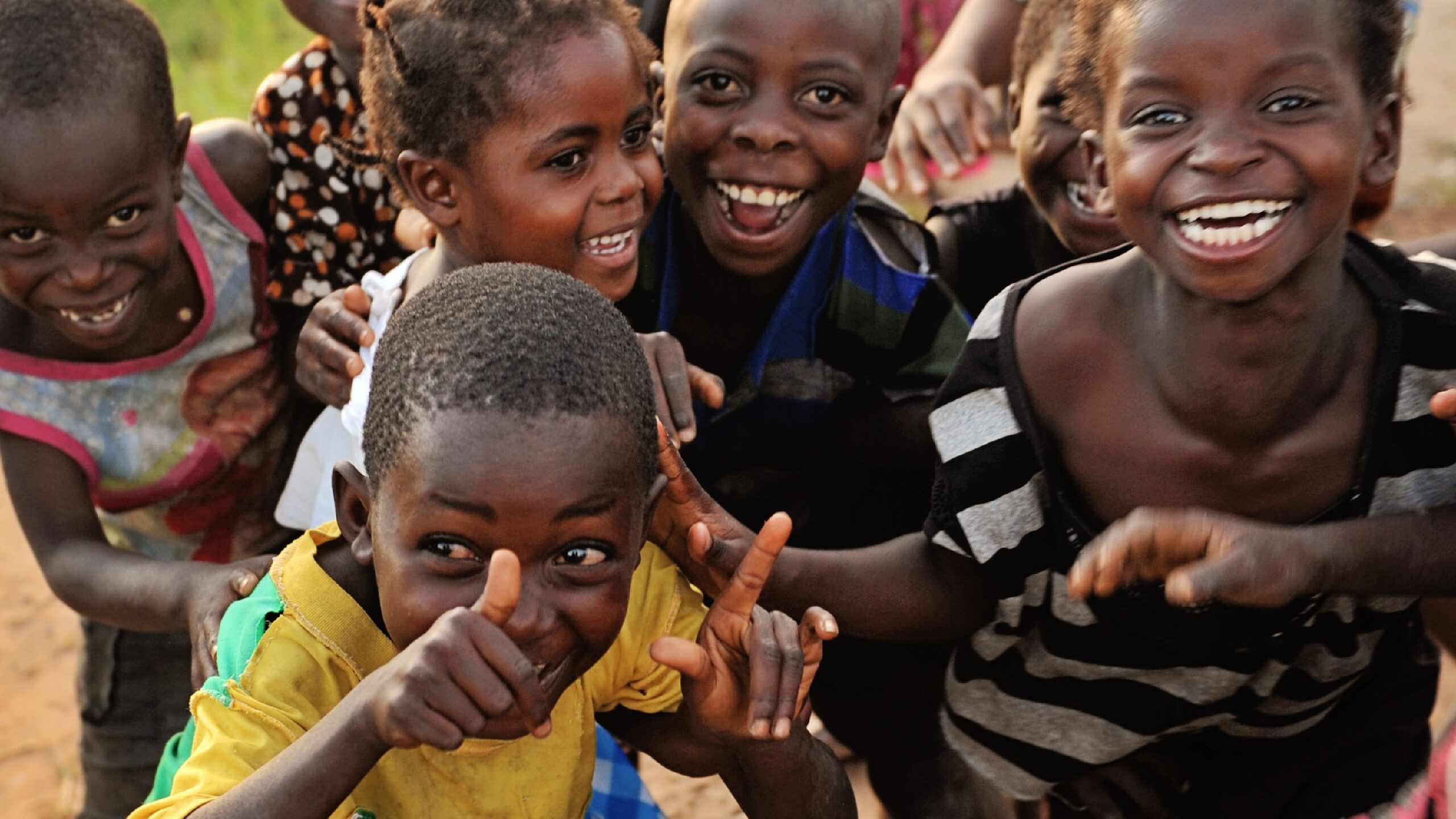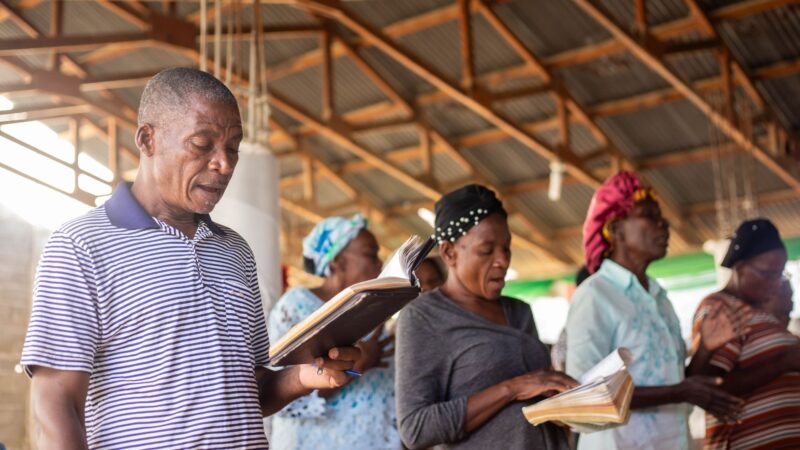We understand that you want to make a difference in the world. From raising your children to be compassionate individuals to engaging in a career that positively impacts others, we know you want to make the time God has given you count.
But it’s easy for the monotony of daily life to distract us from our mission. Dirty dishes need to be washed, piles of laundry seem to grow, and schedules burst at the seams. Before we know it, days turn into weeks and weeks turn into months. Slowly, the potential to make a difference in the world becomes hidden beneath busyness.
At Bright Hope, we share your passion to help the world’s poorest families leave behind hunger, fear and isolation. We want to partner with you to see the poor build sustainable lives.
Families struggling amid poverty and despair need a reliable way to put food on the table. They need a way to pay for their children’s education and pave a path out of poverty. The problem is the generational cycle of poverty is hard to break! Impoverished children often go to bed with hungry stomachs. They don’t have a chance to go to school or gain skills for the future and can’t go to the doctor when they get sick. They often feel hopeless and forgotten by God.
We Have a Plan
At Bright Hope, we have a proven plan to help people stuck living on $2 a day to increase their incomes, escape extreme poverty and discover eternal hope in Jesus Christ. Our Bright Hope Model has the following three stages.
Steps 1: Invite, Listen and Investigate
When deciding which churches to work with, we conduct training workshops to help churches identify their strengths, resources, skills and vision for their community. The training awakens the leaders to innovative ideas and encourages them to find available resources within the community. From this process, we can see which churches put into practice what they are learning and evaluate which churches are ready to move forward.
Step 2: Formulate, Execute and Evaluate
During step two, the churches selected for partnership then work with Bright Hope to formulate a three-year development plan that addresses the three pillars of our ministry: Hope for Today, Tomorrow, and Eternity. Striking at the core of immediate, long-term economic and eternal spiritual needs, we put these plans into place. After three years, we evaluate which projects have been effective and make any necessary adjustments. We also retire finished or unsuccessful projects. Then, we recast projects with average results and plan for new projects to tackle other needs. This three-year cycle repeats as churches are increasingly growing toward self-sustainability.
Step 3: The Path to Sustainability
Once churches have moved closer to self-sustainability and are not as dependent on outside financial resources, the Bright Hope Model encourages and trains them to become change agents for other churches and communities. At this point, Bright Hope can begin exiting a community, knowing God will continue the transformational process in unique and powerful ways.
You Can Make an Eternal Difference
While many organizations generally desire to help the poor, Bright Hope employs a unique strategic model to achieve this goal. We are committed to an integrated approach to serving the world’s extreme poor by working through local, in-country churches in Bolivia, Haiti, Kenya, Uganda and Zambia.
As you consider your role in God’s plan to share hope with the poor, keep an eye out for our Year End campaign messages. Truly, when we partner together, you can be confident that with every gift you give, you are making a real difference in the world. You can offer a hand to an impoverished family. You can help them follow the path out of extreme poverty toward a future filled with hope.

